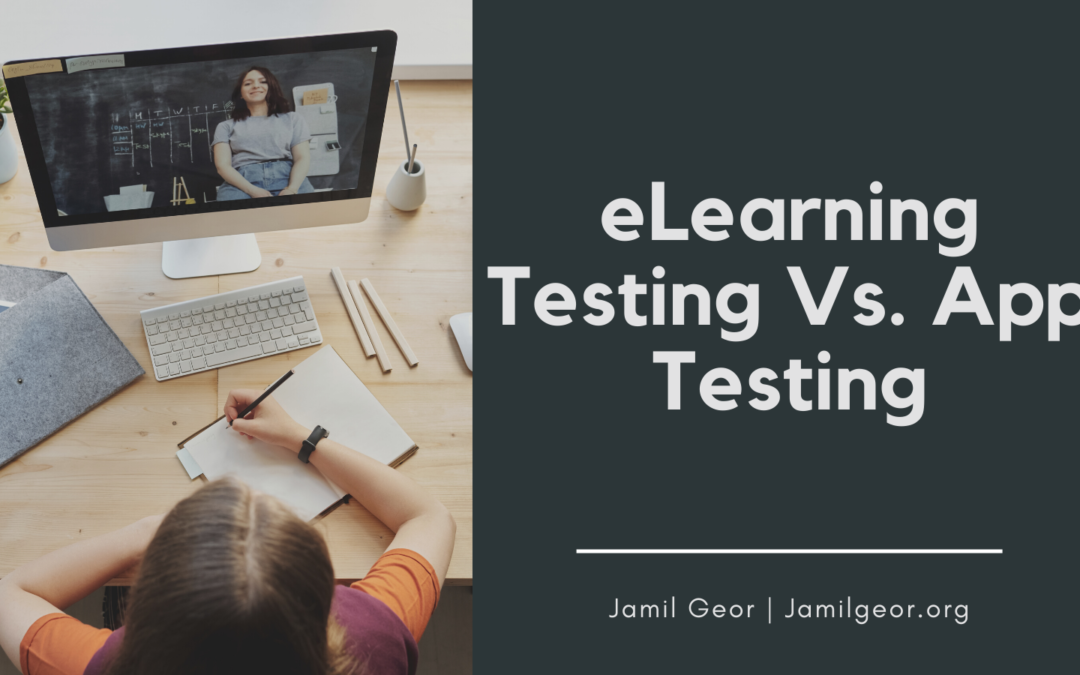As the name suggests, application testing refers to app reviews to find bugs. On the other hand, eLearning testing refers to the process of testing an eLearning program to ensure that it is learnable. In the section below, more differences between the two are discussed.
When it comes to application testing, experts are crucial to the process. When testing for usability and functionality, long-term experts are the best. The said experts have long-term experience and are most likely to develop proper strategies for the testing process. With eLearning testing, experts are not paramount in the testing process. However, it would be best if you had a new pair of eyes on the project because having one of the people who worked on the project can miss critical errors. Getting a trusted person to look at the information and expect honest feedback is advisable.
With application testing, usability testing is crucial. For any app, the usability and functionality the app have to be tested. Usability testing needs to be top tier for an app to function correctly. Having a detailed test strategy to examine every function profoundly is essential. The significant difference is that with eLearning testing, the engineers carry out performance testing to ensure that the platform is mint and the users have an easy time using it. Performance testing makes it easier for engineers to give the users a trouble-free experience.
With eLearning testing, building eccentric methods to test the platform is essential. To complete the QA process, one needs to put themselves in the learner’s shoes. Breaking down the courses is part of checking whether it’s perfect. In addition, you must keep a record of everything you do. That way, you can quickly identify all the missing gaps. Application testing, on the other hand, compatibility tests are conducted. The tests are done to ensure that the application works perfectly with every device and browser it is set to operate on.
People tend to confuse eLearning testing and application testing most of the time. While the two might be similar, they have several differences, as illustrated above. To get the most out of both processes, it is cardinal that you follow the correct approach for each.

